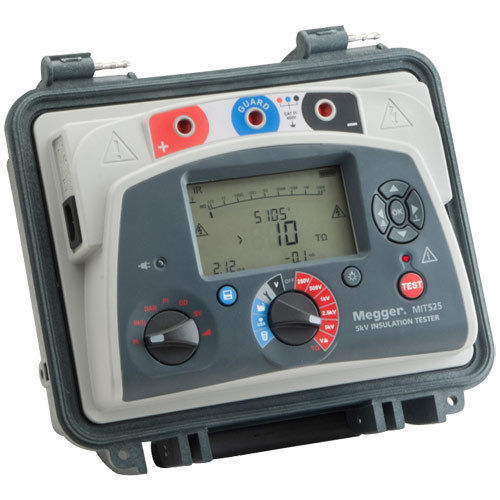Albedo Telecom AT.NShark.HH
NetShark Hand-held Tester
Net.Shark is a FPGA based Tap with filtering capabilities, that connected in pass-through mode, is able to capure traffic at wire-speed. Packets are transmitted through two ports and traffic compliant with one of the filters is sent to Wireshark.
Features and Benefits
- World first hand-held, battery and 100% autonomous TAP
- Hardware (FPGA) performace
- Breaks out FDX traffic into separate streams to be dropped
- It may aggregates filtered traffic to one DROP port into a single output stream
- Traffic Regeneration
CONFIGURATION
- Ports and Interfaces
- SPAN Ports: SFPs based 1 Gb/s
- DROP Ports: Dual RJ-45 port for electrical connection 10/100/1000BASE-T
- SFP interfaces including: 10BASE-T, 100BASE-TX, 100BASE-FX, 1000BASE-T, 1000BASE-SX, 1000BASE-LX
- Local Storage: SD storage in PCAP format
- Formats and Protocols
- Ethernet frame: IEEE 802.3, IEEE 802.1Q
- IP packet: IPv4 (IETF RFC 791)
- Jumbo frames: up to 17 kB MTU (Maximum Transmission Unit)
- Throughput between measurement SPAN ports: 2x1 Gbit/s or 2x1,500,000 frames/s
- Autonegotiation parameters including bit rate (10, 100, and 1000 Mbit/s) and duplex mode
- Configurable MTU size
OPERATION
- SPAN ports: GbE SFP interfaces are used to connect -in pass thought- to the network Host A and Host B
- DROP Ports: GbE RJ45 interfaces to forward captured packets to the protocol analyzer device (i.e.Wireshark)
- STORAGE: captured frames saved in SD card
- All frames coming to Net.Shark are forwarded to destination without delay or lost
- Frames compliant with filtering conditions and copied to Wireshark device
- Operation is based on 16 filters per SFP port
- Filtered frames can be aggregated in one drop port
FILTERS
- 16 simultaneous filters can be applied to the traffic
- The Filtering process is executed sequentially
- When a packet satisfies a filter is sent to the Drop Port and immediately forwarded to the output. No more filters are processed
- Each packet may modify only the statistics of one filter
- Customizable filters defined by field contents on Ethernet, IP, UDP and TCP headers
- Agnostics filters defined by 16 bits masks and user defined offset
RESULTS
- Autonegotiation results including current bit rate, duplex mode, Ethernet interface
- SFP presence, vendor, and part number
- Traffic statistics per each of the Four Ports
- Statistics for both transmit and receive directions
- Frame counts: Ethernet, and IEEE 802.1Q
- Frame counts: unicast, multicast and broadcast
- Basic error analysis: FCS errors, undersized frames, oversized frames, fragments, jabbers, collisions
- Frame size counts: 64, 65-127, 128-255, 256-511, 512-1023, and 1024-1518 bytes
- Four byte counts: Port A (Tx / Rx) and Port B (Tx / Rx)
- All traffic counters follow RFC 2819
- Counters and statistics per filter (up to 16)
USER INTERFACE
- Direct configuration and management in graphical mode using the keyboard and display of the instrument
- Remote access for configuration and management in graphical mode from remote IP site thought the Ethernet interface of the control panel
- Remote access with command line (CLI) using of either Telnet or SSH offering for configuration, management and task automation
- Remote access via SNMP for configuration, management and integration
- VNC based remote control for any client supporting standard versions such as PC, iPad, iPhone, etc
- Remote connection with Password using public / private Ethernet, IP network including Internet
GENERAL
- Instant On (the equipment measures immediately after power on)
- Operation time with batteries: 3.5 hours (minimum, two battery packs)
- Configuration and report storage and export through attached USB port
- TFT color screen (480 x 272 pixels)
- Dimensions: 223 mm x 144 mm x 65 mm
- Weight: 1.0 kg (with rubber boot, one battery pack)


